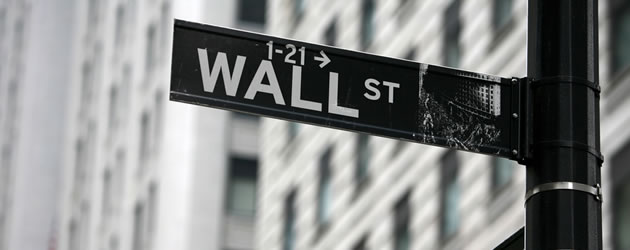 Having bullied every other currency the US Dollar has softened fractionally on Friday after US economic data produced some surprising results. The Pound has continued to fall against the majority of its major peers as inflation estimates make for difficult reading.
Having bullied every other currency the US Dollar has softened fractionally on Friday after US economic data produced some surprising results. The Pound has continued to fall against the majority of its major peers as inflation estimates make for difficult reading.
The Pound Sterling to US Dollar exchange rate is currently trending in the region of 1.7405.
Sentiment towards Sterling had continued to decline on Thursday after the Bank of England remained unchanged on their outlook for monetary policy. The decision to maintain the bank rate of 0.50% for the 66th consecutive month didn’t help to halt the Pound’s downtrend, which was sparked by increased worries surrounding the Scottish referendum. A YouGov poll showed that the lead that the unionists hold over the nationalists had dropped from 22% to 6% in under a month which led traders to pull away from Sterling in droves.
The Bank of England also opted to keep their Asset Purchase Target unchanged at 375 billion.
Meanwhile the US Dollar was riding high on Thursday after influential data eclipsed expectations. The ISM Non-Manufacturing Composite was forecast to drop from the previous figure of 58.7 to 57.7, but the actual data saw a significant jump to 59.6.
Us Continuing Claims improved upon the forecast figure as did Initial Jobless Claims. The positive labour market data is a significant indicator of the likelihood of a US interest rate hike in the near-future.
The US Dollar also gained a very healthy boost from the European Central Bank’s decision to slice their bank rate by 10 basis points and introduce further stimulus. The announcement of the stimulus package by ECB president Mario Draghi in the proceeding press conference saw a huge amount of funds withdrawn from Europe and invested across the Atlantic to the US.
The Pound Sterling to US Dollar exchange rate has hit a low on Friday of 1.6274.
Friday has seen a continuation of the Pound’s downtrend after inflation estimates went in the wrong direction. The Bank of England has estimated that inflation will be around 2.8% during next 12 months having been at 2.6% previously. The jump upwards takes the estimate away from the target inflation rate of 2%, which could spell disaster if labour market data fails to correlate.
The mixed-bag of US economic data results have seen the ‘Greenback’ (USD) soften a little compared with its bullish highs over the past week or so.
Change in Non-Farm Payrolls was forecast to rise from the previous figure of 212,000 to 230,000. The actual data, however, showed a massive declination to 142,000. Unemployment Rate, however, did meet with the forecast figure dropping to 6.1% from the previous growth of 6.2%.
Year-on-year Average Hourly Earnings equalled the previous figure of 2.1% despite having been forecast to drop to 2.0%. Average Weekly Hours All Employees also stayed in line with the previous figure and the forecast at 34.5.
Change in Household Employment was forecast to rise to 225 from the previous figure of 131, but the actual score was a staggering declination to just 16. Change in Private Payrolls also failed to hit the mark falling to 134,000 from 213,000 despite having been expected to increase to 215,000.
Also the Labour Force Participation Rate dropped from 62.9% to 62.8%, Two-Month Payroll Net Revision dropped by -28,000 and the Underemployment Rate fell from 12.2% to 12.0%.

